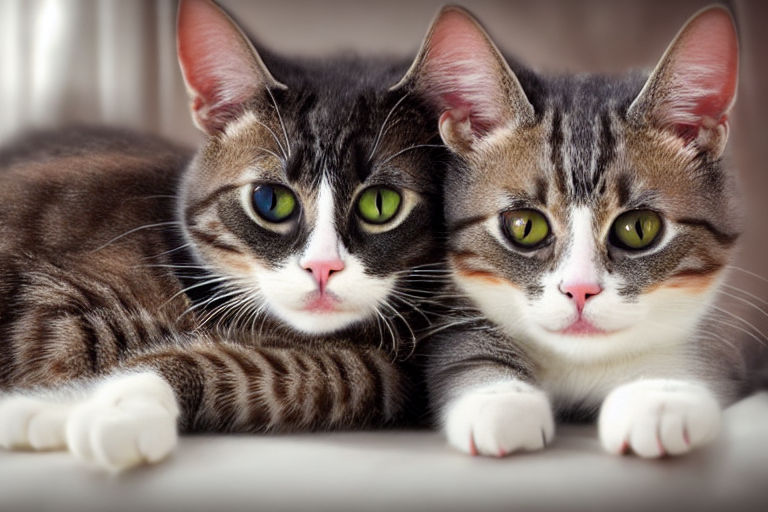Cat Psychology: Understanding Your Feline Friend's Emotions and Needs
Cats are amazing creatures that bring joy and love into the lives of many. They are independent, self-sufficient, and have an air of mystery about them that we can't help but find intriguing. However, if you're a cat owner, you know that sometimes understanding your feline friend's emotions and needs can be difficult.
Why is understanding your cat's psychology important?
Understanding your cat's psychology can help you build a better relationship with your furry friend. Cats have their unique way of expressing themselves, and their body language and behavior can give us clues about their emotions and needs.
Body language
Cats communicate with their body language more than anything else. Some common body language signs that can help you understand your cat's emotions include:
-
Tail position: A twitching tail means your cat is agitated, while a curled tail indicates they are happy.
-
Ears: If your cat's ears are flat against their head, it means they are scared or stressed.
-
Purring: Contrary to popular belief, cats don't always purr when they are happy. They can also purr when they are in pain or sick.
Behavioral cues
In addition to body language, cats also have behavioral cues that can help you understand their needs. It's essential to observe your cat's behavior and take action accordingly. Some behavioral cues that you should watch out for include:
-
Litter box behavior: If your cat suddenly stops using the litter box, it could be due to underlying health issues.
-
Excessive meowing: If your cat is meowing excessively, it could be because they are hungry or want your attention.
-
Scratching furniture: Cats scratch to exercise and mark their territory. Provide your furry friend with a scratching post to redirect their attention.
Meeting your cat's needs
Meeting your cat's needs may seem like a daunting task, but it's not as complicated as it seems. Here are some basic needs that every cat requires:
-
Food and water: Always ensure that your cat has clean water and healthy, nutritious food available.
-
Playtime: Cats love to play, and it's crucial for their mental and physical well-being. Interactive toys are a great way to keep your cat engaged.
-
Grooming: While cats groom themselves, they still require help with maintaining their coat's health. Brushing your cat's coat regularly will remove any loose fur and prevent hairballs.
In conclusion, understanding your cat's psychology can go a long way in building a stronger relationship with your furry friend. By paying attention to their body language, behavior, and needs, you can ensure that your cat is cared for and happy.





